Top Tips for Ensuring Bath Safety for Your Little Ones
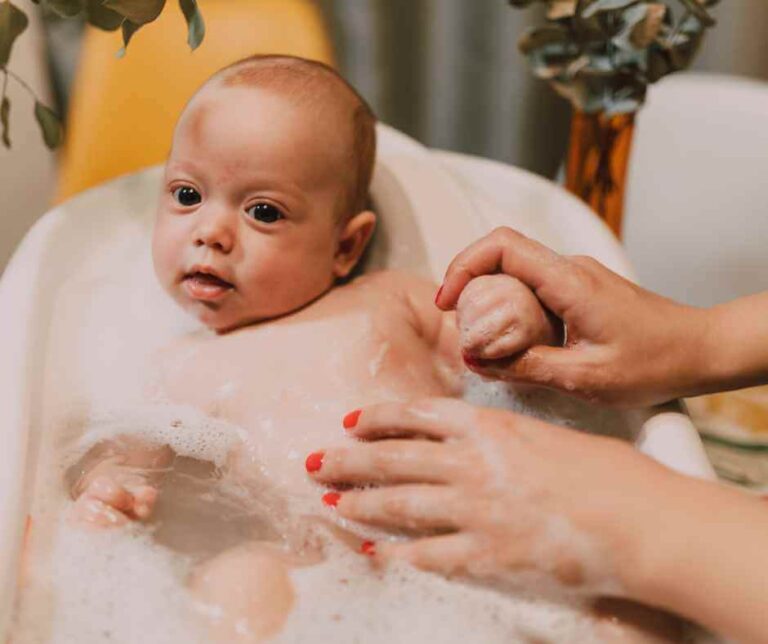
Water is an essential part of our lives, and it’s no different for kids. From bath time to swimming lessons, water can provide endless hours of fun and entertainment for children.
However, as parents or caregivers, we must ensure that our little ones are safe around water at all times. In this blog post, we’ll be discussing the top tips for ensuring bath safety for your young ones.
Whether you’re a new parent or have been through it before, these tips will help you keep your child safe while they enjoy their daily soak in the tub! So let’s dive into the world of water safety for kids!
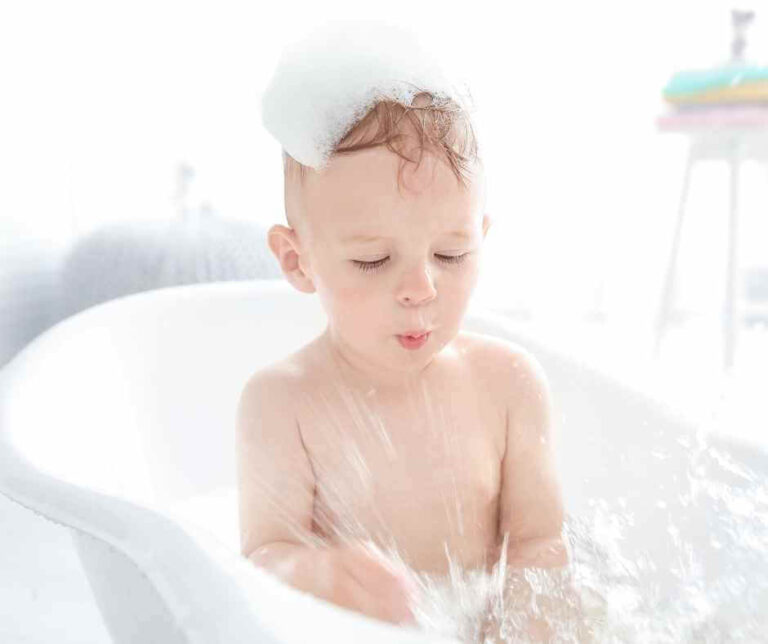
How can I prevent hot water burns with my young child?
Hot water burns can happen quickly and easily, especially with young children in the bath. To prevent hot water burns, it’s essential to make sure that your water heater is set to a safe temperature. The ideal temperature for a child’s bath should be around 90-100 degrees Fahrenheit or less.
To check if the bathwater is at a safe temperature, use your elbow or wrist instead of your hand to gauge the heat. These areas are more sensitive to heat and will give you a better idea of whether the water is too hot or not.
Another way to prevent hot water burns is by installing anti-scald devices on faucets and showerheads. These devices regulate water temperature and can help prevent accidental scalding from sudden changes in pressure or temperature.
It’s also important never to leave young children unattended in the bathtub even for a few seconds. Accidents can happen very quickly, so always stay within arm’s reach when bathing your little ones.
By following these tips, you can help keep your child safe from hot water burns during bath time.
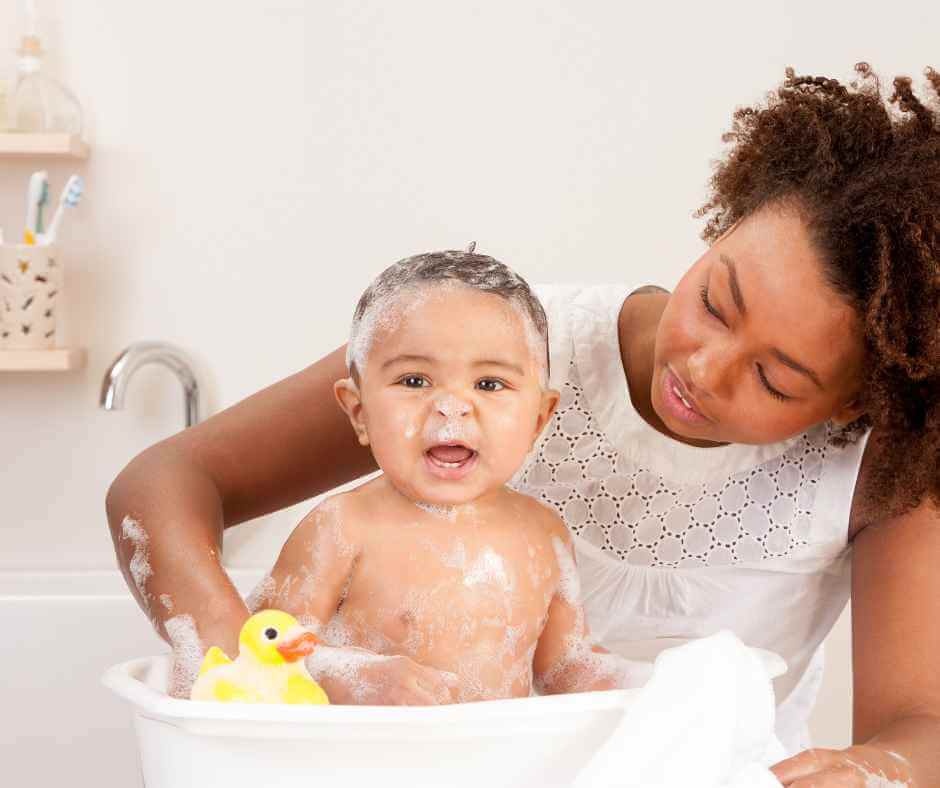
At what age can I leave my child unattended in the bath?
As a parent, it’s natural to want to keep a close eye on your child at all times. When it comes to bath time, many parents wonder at what age they can leave their child unattended in the tub.
We recommend that children under the age of 6 should never be left alone in the bathtub. This is because young children are more susceptible to drowning and accidents can happen quickly and easily.
Even if your child is older than 6, it’s important to remember that accidents can still occur. It only takes a few seconds for a child to slip or fall in the tub, so it’s always better to err on the side of caution.
If you need to step away from the bathroom for any reason while your child is bathing, take them with you, wrap them up in a towel and bring them along. It may seem like an inconvenience but keeping your little one safe should always be top priority.
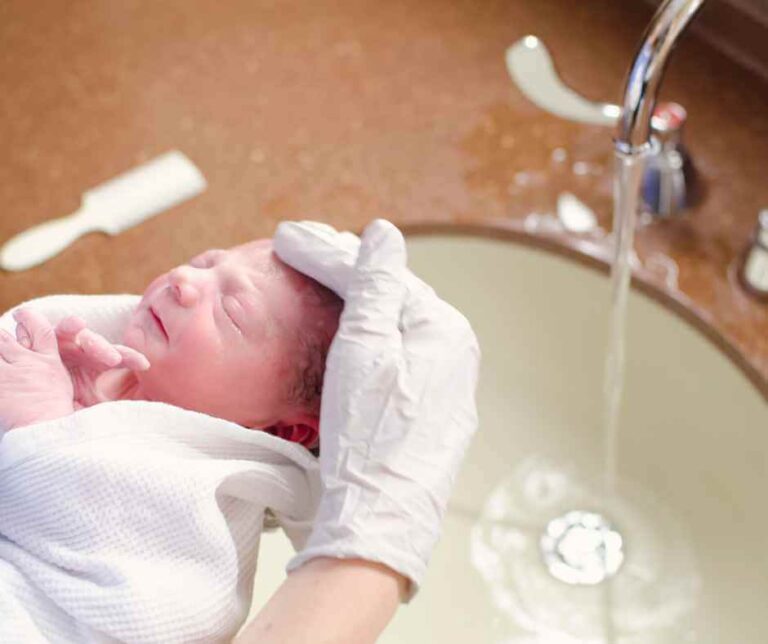
How deep should a bath be for a baby?
When it comes to giving your baby a bath, one of the important things to consider is the depth of the water. The ideal depth for a baby’s bath should be around 2 inches or just enough to cover their legs and bottom.
This shallow depth will allow your little one to sit comfortably in the tub without fear of slipping or sliding under the water. It’s also essential to avoid filling up too much water as babies can drown even in just a few inches of water.
It’s important not only to keep an eye on how deep you fill up your bathtub but also on how high you position your baby within it.
If you’re worried that this might not be enough for cleaning purposes, don’t worry! You can still wash them properly by using cups or small bowls filled with warm soapy water instead.
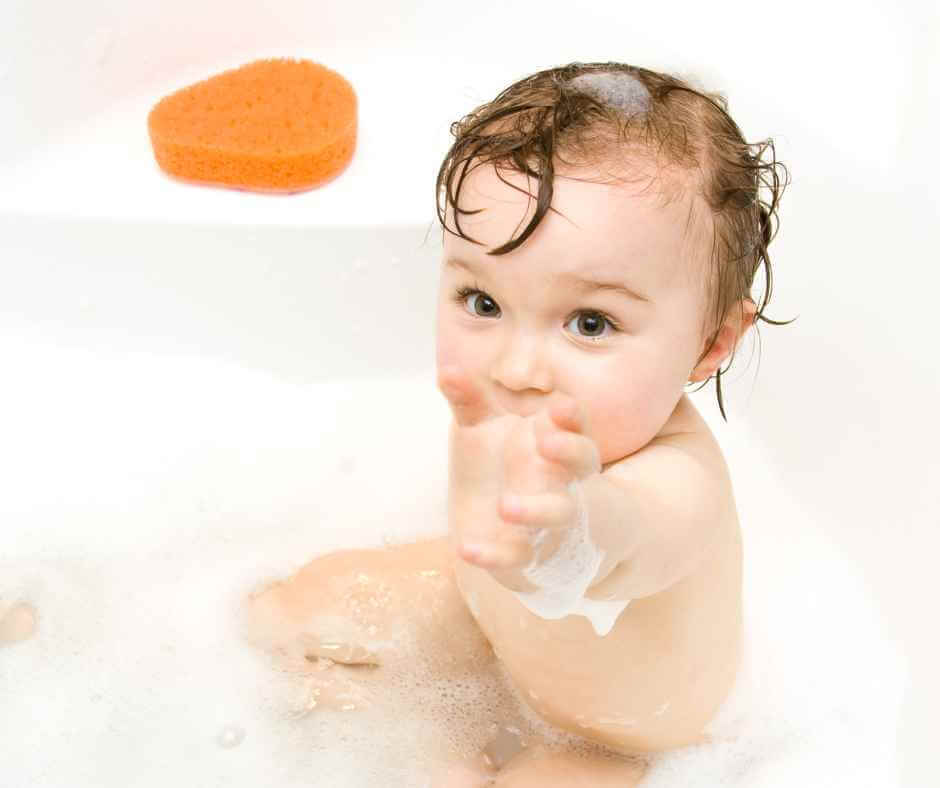
Is it safe to bathe multiple children at the same time?
Bathing multiple children at the same time can seem like a convenient solution to save time and water. However, it is important to consider the safety risks involved in this.
Firstly, younger children may not be able to stand or sit upright on their own, which poses a risk of slipping and falling. Additionally, older siblings may accidentally splash water onto younger ones’ faces, causing them to inhale water or accidentally be held under the water.
Even if you decide to bathe your children together, always make sure that they are supervised by an adult at all times. It only takes a few seconds for accidents like drowning or burns caused by hot water taps to occur.
While bathing multiple kids together may seem like an easy solution for parents with busy schedules and limited space in their homes but it’s still crucial that we prioritize our little ones’ safety above everything else and stay with our children, even if the baby is in a device that keeps their head above the water.
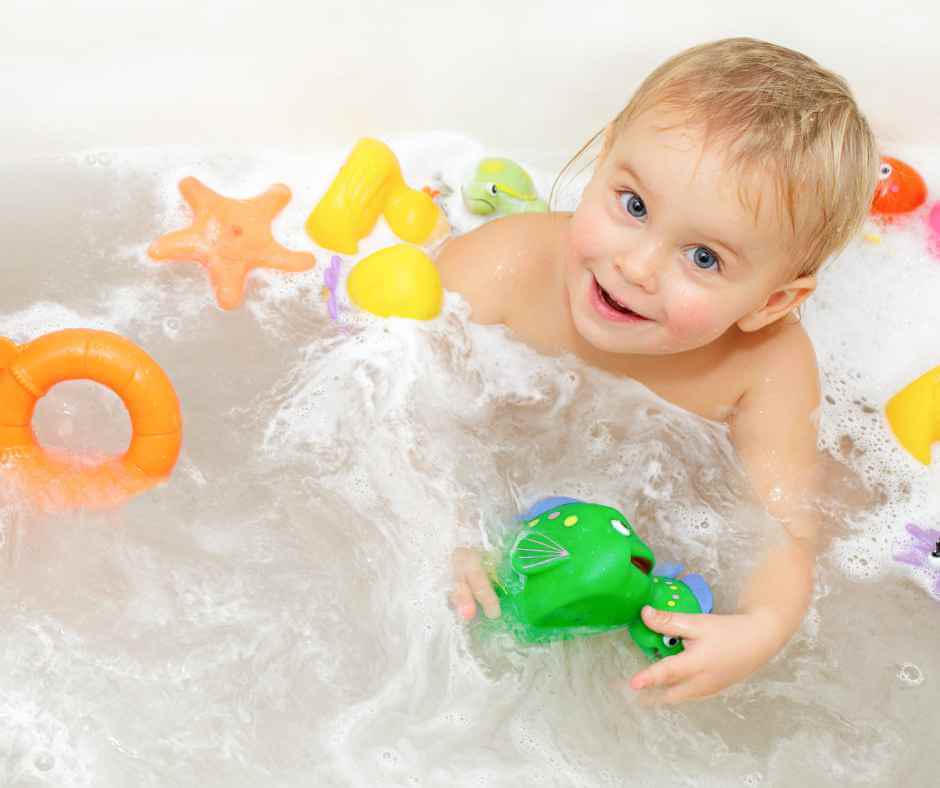
What do I do if I find my child submerged in water?
Finding your child submerged in water can be a terrifying experience for any parent. However, it’s important to remain calm and take immediate action.
The first thing you should do is pull your child out of the water as quickly as possible. If they are not breathing or unconscious, call 000 immediately and begin CPR.
If you did not see how long your child was under the water and your child is conscious but coughing or struggling to breathe, encourage them to continue coughing and try to comfort them. Call emergency services, monitor their breathing and wait for medical help.
It’s crucial that you seek medical attention even if your child seems fine after the incident. Drowning can cause delayed complications such as secondary drowning which occurs when water enters the lungs causing inflammation and difficulty breathing.
To prevent future incidents, always supervise young children during bath time or around any body of water including pools and bathtubs. Teach older children about safe swimming practices such as never swimming alone and always using proper flotation devices.
Remember that prevention is key when it comes to water safety for kids. Stay vigilant and informed on best practices so that everyone stays safe at home and during swim season!
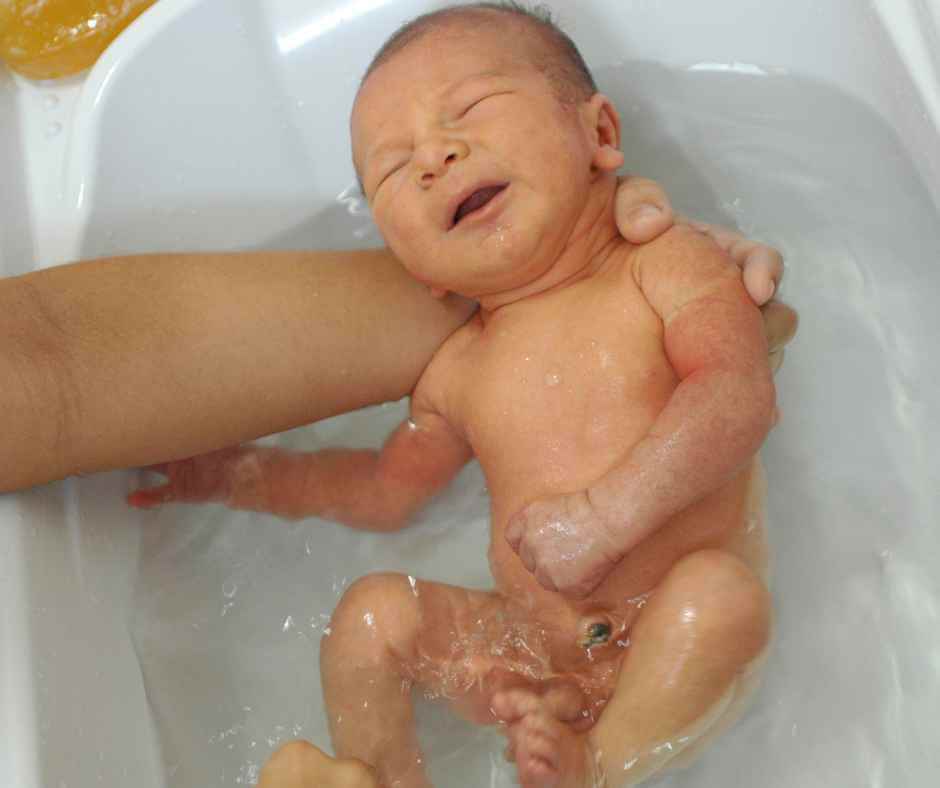
What do I do if I witness my child fall into the bath?
One of the most terrifying scenarios for any parent is witnessing their child fall into a body of water. It’s important to stay calm and act quickly in this situation, as every second counts.
The first step is to immediately remove your child from the water, making sure not to cause any additional harm or injury. If they are conscious and breathing normally, wrap them in a towel or blanket to keep them warm while you assess their condition.
Even if your child appears to be okay after falling into the bath, it’s still important to seek medical attention as soon as possible if you don’t know how long they were under the water or if you think they have sustained an injury. There may be underlying injuries that aren’t immediately apparent, such as head trauma or internal damage.
Remember that prevention is always key when it comes to ensuring your child’s safety in the bath. Always supervise young children during bathtime and never leave them unattended even for a mome

Is it safe to submerge my baby’s face underwater?
Many parents wonder if it is safe to submerge their baby’s face underwater while bathing. The answer is that it can be safe, but only for very short periods of time and with caution and taught by a swimming professional if possible.
Babies have a natural reflex that causes them to hold their breath when their faces are submerged underwater. This reflex helps prevent choking or inhaling water.
It is important to never force your baby’s head underwater as this can be dangerous and cause panic in your little one. Instead, gently pour small amounts of water over their forehead and let it trickle down over their face. You can also use bath toys like cups or rubber ducks to splash small amounts of water onto your baby’s face.
Always make sure you are holding onto your child securely while they are in the bath, especially if you plan on submerging any part of their body underwater. Remember that every child is different, so take cues from your own baby about what they feel comfortable with during bath time.
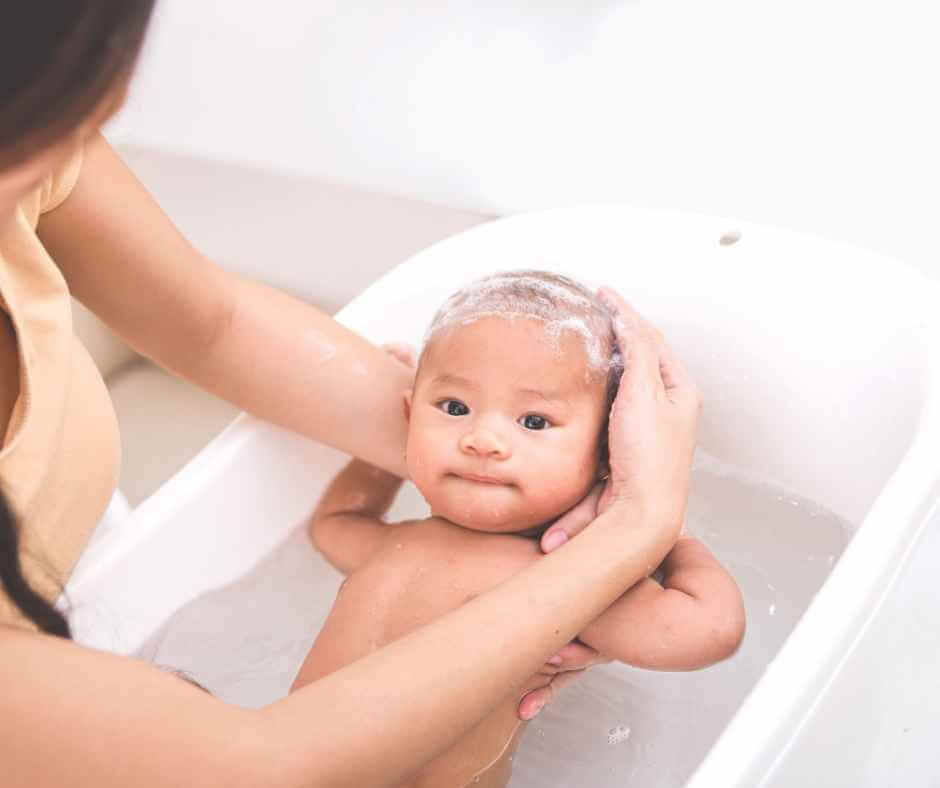
Want more? We’ve got you covered…
Our Baby First Aid Courses
Our baby first aid courses are available in person in your home and online. We run classes in your home with groups of 2, 4 or up to 10 in Sydney & Melbourne and you can book in 3 easy steps!
- Pick your class
- Follow the prompts to purchase
- We will contact you within 24 hours to lock in your date of choice
Our First Aid Certificate Courses
We run most of the popular first aid courses Australia wide. HLTAID011 Provide First Aid, HLTAID009 Provide CPR, HLTAID012 Provide First Aid in an Education & Care Setting, RAMOAP (anaphylaxis), Mental Health first aid and CPR/LVR to name a few.
Book your public spot online or contact us if you have a group of 5+ people for onsite training.
Here are some other resources you may enjoy!
FREE GUIDE: Your Virtual Baby First Aid Kit
FREE GUIDE: Introducing Common Allergy Foods & Allergic Reactions
FREE Workplace Emergency Preparedness Plan: Grab this at the bottom of every page!
Follow for baby & child first aid and allergy info and tips on Instagram & TikTok, all @thenestcpr
